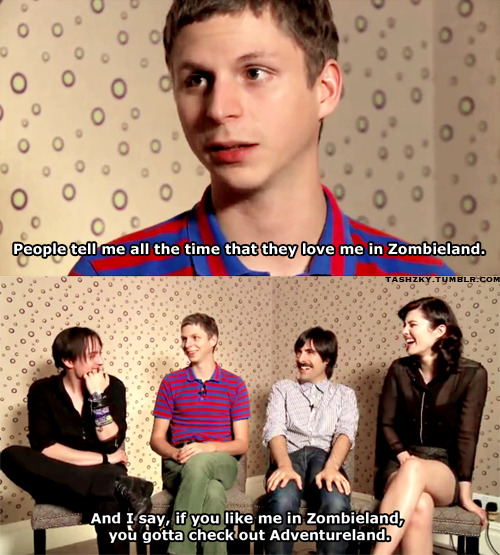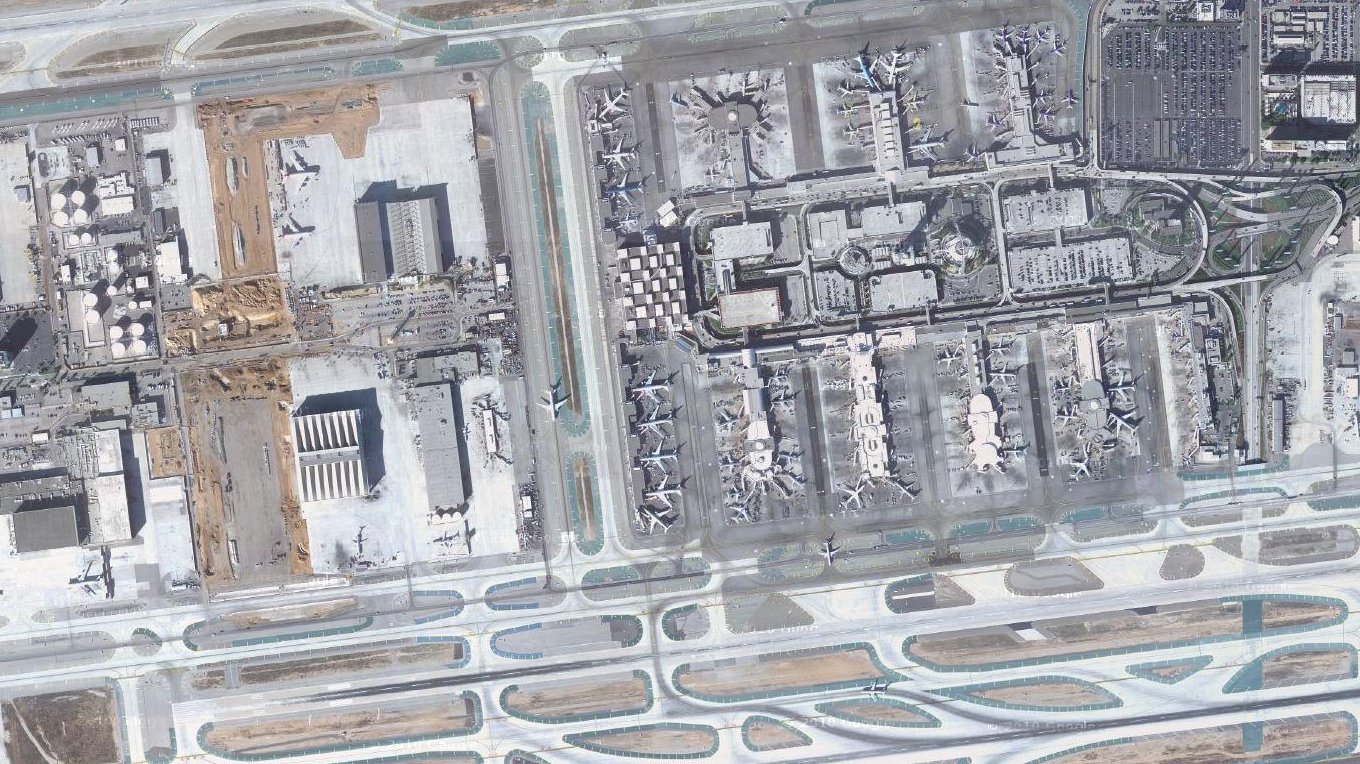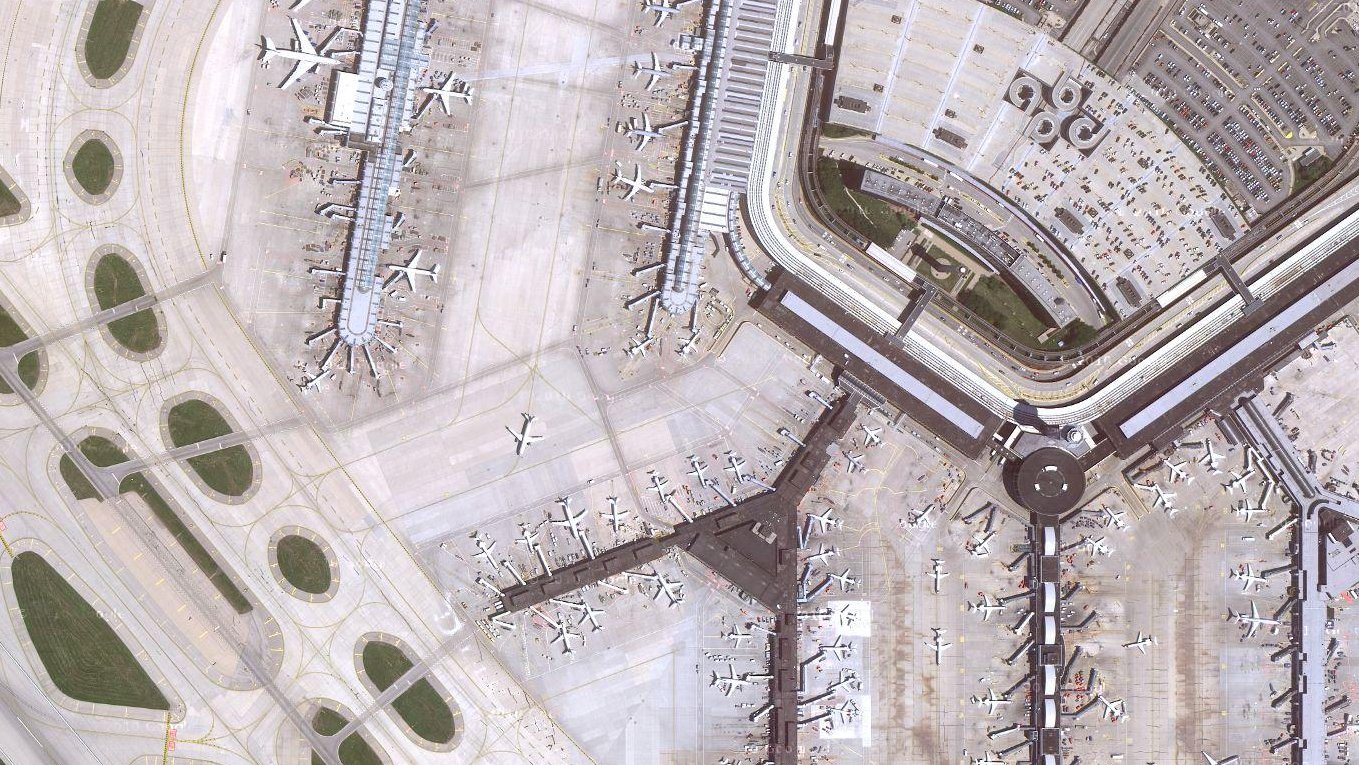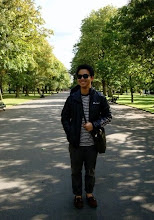I will be at her concerts in spirit.
Sunday, October 31, 2010
Friday, October 29, 2010
The Millennium Trilogy
The Millennium Trilogy kind of goes along with the Halloween theme, right? Maybe just a little. It's really dark, suspenseful, and intense! You ask what is The Millennium Trilogy? It's the ever so popular books turned films by Swedish author Stieg Larsson. The Trilogy includes The Girl with the Dragon Tattoo, The Girl who Played with Fire, and The Girl who Kicked the Hornet's Nest.
So far, only the first two parts of the trilogy have been released in the U.S. with the final installment reportedly coming to theatres today (29th of October).
The Girl with the Dragon Tattoo
This is a very refreshing film. It combines the darkness of Let the Right One in and suspense of The Bourne Trilogy. In short, the film is about an investigative journalist, Mikael Blomkvist, who is hired to solve a missing person's case. The story line is complex and truly interesting and the action is exciting. There a lot of character development and layers upon layers of background stories and plot lines. But, ultimately, what makes The Girl with the Dragon Tattoo so great is the character Lisbeth Salander.
Lisbeth is the girl with the dragon tattoo who is also a brilliant hacker. She uses her skills towards private investigations. But she is a social outcast and very damaged from events that happened during her childhood. She is not pleasant or likable; but throughout the entire movie, I was rooting for her. She is a character rarely seen in film.
The Girl with the Dragon Tattoo is a must see. It's a film that is really exciting, packs many good punches, and a bit lengthy but, in the end, not long enough.
The Girl who Played with Fire
Unlike the first film which was shot through the perspective of Mikael Blomkvist, The Girl who Played with Fire is seen through the perspective of Lisbeth. This installment of the Trilogy is more focused on Lisbeth--her life, her family, and the events in her life that made her who she is. There is an interesting case that Mikael and Lisbeth are involved in, but, about half way through, the film becomes centered on Lisbeth.
I must say that The Girl who Play with Fire is not as great as The Girl with the Dragon Tattoo and is at times too complex and confusing. The first film was really exciting because there was kind of a time bomb that kept you on the edge of your seat; the second film kind of does the same thing but is a bit toned down. And the nature of the suspense and chase is different. But I think if you liked the first film, you must see the second one to understand more about the first one and the last one. The stories of the first and second installment are tightly linked and really present themselves as a body of work. (And it would be good to watch it to understand The Girl who Kicked the Hornet's Nest.)
Waah this is exciting! I'd love to see the cast on the red carpet at next year's Academy Awards.
So far, only the first two parts of the trilogy have been released in the U.S. with the final installment reportedly coming to theatres today (29th of October).
The Girl with the Dragon Tattoo
This is a very refreshing film. It combines the darkness of Let the Right One in and suspense of The Bourne Trilogy. In short, the film is about an investigative journalist, Mikael Blomkvist, who is hired to solve a missing person's case. The story line is complex and truly interesting and the action is exciting. There a lot of character development and layers upon layers of background stories and plot lines. But, ultimately, what makes The Girl with the Dragon Tattoo so great is the character Lisbeth Salander.
Lisbeth is the girl with the dragon tattoo who is also a brilliant hacker. She uses her skills towards private investigations. But she is a social outcast and very damaged from events that happened during her childhood. She is not pleasant or likable; but throughout the entire movie, I was rooting for her. She is a character rarely seen in film.
The Girl with the Dragon Tattoo is a must see. It's a film that is really exciting, packs many good punches, and a bit lengthy but, in the end, not long enough.
The Girl who Played with Fire
Unlike the first film which was shot through the perspective of Mikael Blomkvist, The Girl who Played with Fire is seen through the perspective of Lisbeth. This installment of the Trilogy is more focused on Lisbeth--her life, her family, and the events in her life that made her who she is. There is an interesting case that Mikael and Lisbeth are involved in, but, about half way through, the film becomes centered on Lisbeth.
I must say that The Girl who Play with Fire is not as great as The Girl with the Dragon Tattoo and is at times too complex and confusing. The first film was really exciting because there was kind of a time bomb that kept you on the edge of your seat; the second film kind of does the same thing but is a bit toned down. And the nature of the suspense and chase is different. But I think if you liked the first film, you must see the second one to understand more about the first one and the last one. The stories of the first and second installment are tightly linked and really present themselves as a body of work. (And it would be good to watch it to understand The Girl who Kicked the Hornet's Nest.)
(Trailers can be kind of annoying huh? Imagine listening to someone talk like that all day.)
Waah this is exciting! I'd love to see the cast on the red carpet at next year's Academy Awards.
Thursday, October 28, 2010
Wednesday, October 27, 2010
Celebrity Look Alike
I saw this funny photo last night... It's quite appropriate and timely having just watched Zombieland. There really is an uncanny resemblance between Jesse Eisenberg and Michael Cera (Juno, Arrested Development).
It's quite appropriate and timely having just watched Zombieland. There really is an uncanny resemblance between Jesse Eisenberg and Michael Cera (Juno, Arrested Development).

The other group of celebrities who look like one another that I've always been fascinated by is the Zooey Deschanel-Emily Blunt-Katy Perry-Anna Friel group.
 It's quite appropriate and timely having just watched Zombieland. There really is an uncanny resemblance between Jesse Eisenberg and Michael Cera (Juno, Arrested Development).
It's quite appropriate and timely having just watched Zombieland. There really is an uncanny resemblance between Jesse Eisenberg and Michael Cera (Juno, Arrested Development).(Don't stare at the photos for too long...they stop looking alike after a while.)

The other group of celebrities who look like one another that I've always been fascinated by is the Zooey Deschanel-Emily Blunt-Katy Perry-Anna Friel group.
Monday, October 25, 2010
Halloween
With Halloween approaching, I've been watching some scary films to get the spook on. I will admit that since I watch most of my movies alone with earphones and at night, I am somewhat scared of the horror category. So I've been watching movies of moderate scariness. :D
Das Experiment
First up, Das Experiment a 2001 German film. Despite this film being made in 2001, it looks a lot older than it is. It has the aesthetics and pace of an Eastern European film. Anyways, the story is based on the Stanford prison experiment of 1971--a psychology experiment that selected 10 men to be prison guards and 10 to be prisoners. The experiment gets out of hand quickly and we are left to see how the guards act and how the prisoners react. Das Experiment has a moderate amount of violence and is a thriller. The director tries to give the film some depth by teasing us with hints of the protagonist's past and emotional struggle, but those moments were really brief and not enough. I like Das Experiment for its storyline--it's interesting to see what happens and how the guards act with the authority that they are given. I also like how it is suspenseful and violent but not grotesque.
Zombieland
I watched Zombieland just before bed last night. It's a really great film to watch on Halloween if you are looking for something gross and funny. It is like the American equivalent to Shaun of the Dead. Jesse Eisenberg plays the leading role (I am sad to say I still haven't seen The Social Network) as a geek who is one of the few people still alive in Zombieland. He meets some interesting characters played by Woody Harrelson, Emma Stone, and Abigail Breslin. There are some really great and funny moments in the film, and the directorial style adds to it all.
Shutter
Lastly, I started watching Shutter on FX half way through the film today. Like many recent American films, Shutter is a remake of an Asian film--this time a Thai horror film. I thought the film was alright, nothing really special about it, but it does have a good twist and ending. I am sorry to say that these American remakes of Asian horror films get lost in translation. America does not have the strong cultural superstition to make films like this work. I am particularly bothered that the film had to incorporate a Japanese element into it to heighten its fear factor. American horror films have a long history in being violent and gory. But Asian horror films are more psychological and build on cultural superstitions. Hence, Asian horror films don't translate well by Hollywood.
Thursday, October 21, 2010
Friday, October 15, 2010
Cities of Love/Anthologies
Paris, Je T'aime
Paris, Je T'aime seems to have started the run of anthology films about cities back in 2006. 18 short stories make up Paris, Je T'aime--each about a different arrondissement in Paris. (Wouldn't it be perfect if there were only 18 arrondissements so each district get their own story? Sadly 2 arrondissements got left out.) I really liked the film. The music used is brilliant, goes really well with the mood of each story. And the way the shorts are stringed together in the end is touching, somewhat dainty.
Having watched it over 2 years ago, I still remember liking, in particular, the Quais de Seine, Tour Eiffel (story about mimes that inspired my Halloween costume sophomore year), Parc Monceau (clever, single continuous shot story directed by Alfonso Cuaron), Pere-Lachaise, Faubourg Saint-Denis (Natalie Portman!), and 14e arrondissement shorts. The film not only features an ensemble cast but some of the most relevant directors today: Gus Van Sant, the Coen brothers, Christopher Doyle (Wong Kar-wai's long time cinematographer...although I really didn't like his feature), Olivier Assayas, Wes Craven, and Alexander Payne.
What Paris does really well is show the beauty and romance of Paris whether it's through a bittersweet breakup, a mother losing her child, love stories, or the city's racial diversity.
New York, I Love You
I anticipated the premiere of New York, I Love You for quite a long time. I did a Looking Forward post about it back in 8/12/09 and I finally watched it last month. I think it went through some sort of distribution problem, and the release date kept getting pushed back. Anyways, this anthology was a huge letdown.
The way the short films is tied together is an embarrassing cliche. The music is not memorable unlike Paris, Je T'aime's soundtrack. And the stories themselves are not as interesting nor do they feature the boroughs of New York City in a way that lets the characteristics of each borough shine.
Of the 10 shorts, there is only one that I truly liked. It's the 7th section directed by Shekhar Kapur (Elizabeth & Elizabeth: The Golden Age) and written by Anthony Minghella (who unfortunately passed away 2 years ago). This short features Shia Labeouf, Julie Christie, and John Hurt. It's really beautiful, ambiguous, and a must-see. Rent the dvd or find it online but just skip to this short feature!
Tokyo!
Tokyo! doesn't really belong to the Cities of Love franchise that includes Paris, New York, and will include Shanghai, Rio de Janeiro, Jerusalem, Venice, and Timbuktu. (I really don't know how they are going to do all this. The two produced so far have been financial flops.) But Tokyo! follows the trend of these anthology films. This one is slightly different with just three segments; and while they are about love, the way each feature treats Tokyo is strangely unappealing and negative.
Honestly, I don't think I like any of the three features. Bong Joon-ho, who directed two of my favorite films, The Host and Mother, directed the feature Shaking Tokyo. The story is about hikikomori, "the phenomenon of reclusive people who have chosen to withdraw from social life, often seeking extreme degrees of isolation and confinement." (Wikipedia) It's somewhat interesting and the best of the three films in terms of the style, story development, and characters. But I don't know if I would want to watch it again.
Bummer...these anthology films just keep getting worse and worse huh?
Paris, Je T'aime seems to have started the run of anthology films about cities back in 2006. 18 short stories make up Paris, Je T'aime--each about a different arrondissement in Paris. (Wouldn't it be perfect if there were only 18 arrondissements so each district get their own story? Sadly 2 arrondissements got left out.) I really liked the film. The music used is brilliant, goes really well with the mood of each story. And the way the shorts are stringed together in the end is touching, somewhat dainty.
Having watched it over 2 years ago, I still remember liking, in particular, the Quais de Seine, Tour Eiffel (story about mimes that inspired my Halloween costume sophomore year), Parc Monceau (clever, single continuous shot story directed by Alfonso Cuaron), Pere-Lachaise, Faubourg Saint-Denis (Natalie Portman!), and 14e arrondissement shorts. The film not only features an ensemble cast but some of the most relevant directors today: Gus Van Sant, the Coen brothers, Christopher Doyle (Wong Kar-wai's long time cinematographer...although I really didn't like his feature), Olivier Assayas, Wes Craven, and Alexander Payne.
What Paris does really well is show the beauty and romance of Paris whether it's through a bittersweet breakup, a mother losing her child, love stories, or the city's racial diversity.
New York, I Love You
I anticipated the premiere of New York, I Love You for quite a long time. I did a Looking Forward post about it back in 8/12/09 and I finally watched it last month. I think it went through some sort of distribution problem, and the release date kept getting pushed back. Anyways, this anthology was a huge letdown.
The way the short films is tied together is an embarrassing cliche. The music is not memorable unlike Paris, Je T'aime's soundtrack. And the stories themselves are not as interesting nor do they feature the boroughs of New York City in a way that lets the characteristics of each borough shine.
Of the 10 shorts, there is only one that I truly liked. It's the 7th section directed by Shekhar Kapur (Elizabeth & Elizabeth: The Golden Age) and written by Anthony Minghella (who unfortunately passed away 2 years ago). This short features Shia Labeouf, Julie Christie, and John Hurt. It's really beautiful, ambiguous, and a must-see. Rent the dvd or find it online but just skip to this short feature!
Tokyo!
Tokyo! doesn't really belong to the Cities of Love franchise that includes Paris, New York, and will include Shanghai, Rio de Janeiro, Jerusalem, Venice, and Timbuktu. (I really don't know how they are going to do all this. The two produced so far have been financial flops.) But Tokyo! follows the trend of these anthology films. This one is slightly different with just three segments; and while they are about love, the way each feature treats Tokyo is strangely unappealing and negative.
Honestly, I don't think I like any of the three features. Bong Joon-ho, who directed two of my favorite films, The Host and Mother, directed the feature Shaking Tokyo. The story is about hikikomori, "the phenomenon of reclusive people who have chosen to withdraw from social life, often seeking extreme degrees of isolation and confinement." (Wikipedia) It's somewhat interesting and the best of the three films in terms of the style, story development, and characters. But I don't know if I would want to watch it again.
Bummer...these anthology films just keep getting worse and worse huh?
Thursday, October 14, 2010
Thursday, October 7, 2010
Airports

Venice Marco Polo Airport, VCE
While doing my Travel Thursday posts, I couldn't help but look at the places, namely airports, that get us to these destinations! Airports are such weird places. I personally like them, most of the time, because I know I will be going somewhere fun and foreign when I am at an airport. I like to look at the architecture and the offering of shops and restaurants, especially the duty free shops. Also, the shops in airports are the last places where I can buy a souvenir that is overpriced but quality-insured (at least that's what I like to think).

Los Angeles International Airport, LAX
But for some people, and myself at times, airports are stressful, nerve-wrecking, and depressing places. Having to take out your liquids and laptop, take off your shoes and belt, empty your pocket of coins and cellphone, place your carry-on luggage and your personal item through the xray, and to hold on to your ID and boarding pass to show to security (without losing either of them) all at once in like three short minute is A LOT to do. Then to find out that the body scanner still went off when you walked through barefoot without a belt AND with all your precious belongings already passed the xray and are now far down that rolly counter where anyone can just grab your items make me extremely anxious and nervous. Good thing that has not happened to me, and I will continue to make sure that that body scan doesn't beep when I pass because that is one of my worst nightmares. (Oh and let's not even mention having to do ALL that while running late.)

Samui Airport, USM

John F. Kennedy International Airport, JFK

Helsinki-Vantaa Airport, HEL

London Heathrow Airport, LHR

Denver International Airport, DEN

Chicago O'Hare International Airport, ORD
Subscribe to:
Posts (Atom)




